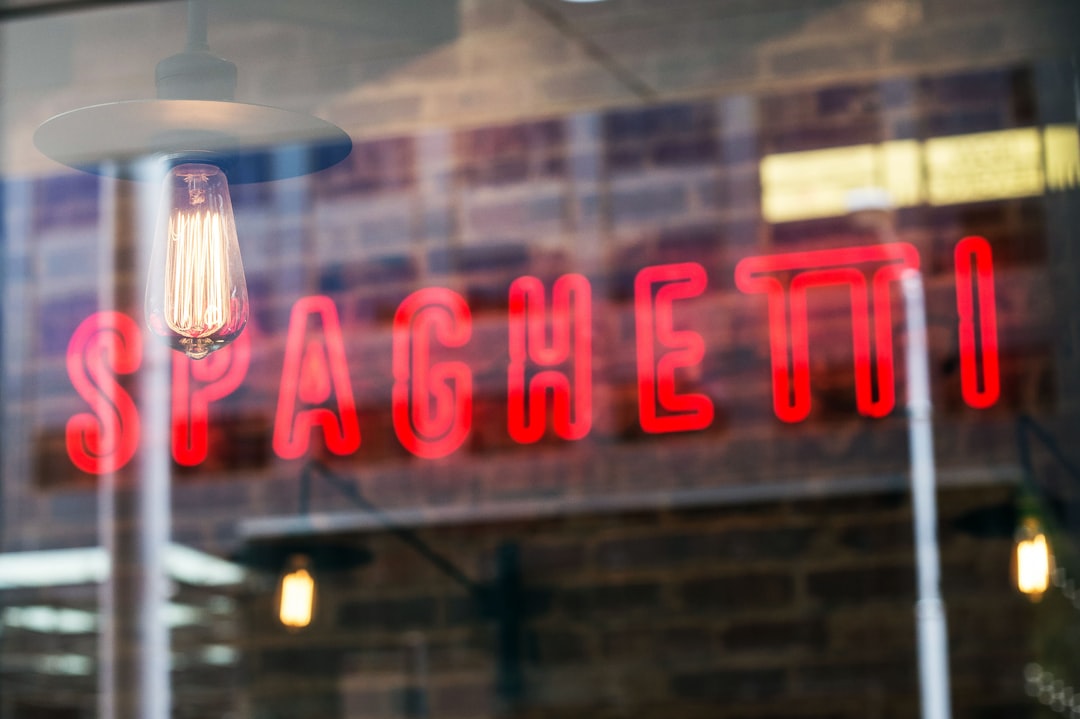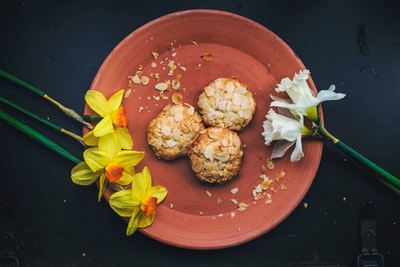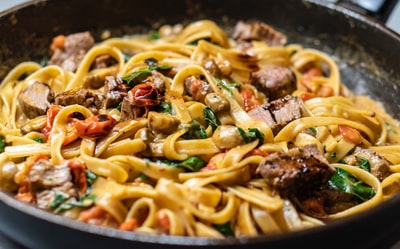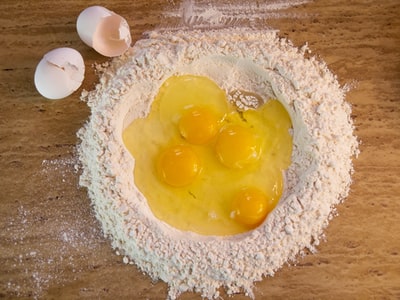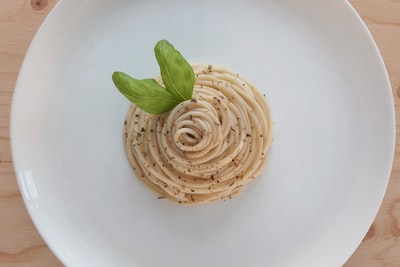Coming to a restaurant near you is a rude obnoxious diner who walks into the establishment, expecting to be seated immediately even though he has no reservations and doesn’t seem to care one bit about our hospitality. He requests the smoking section but there’s a wait of approximately thirty-five minutes. The diner becomes furious, he’s starving and he doesn’t like to wait. The hostess explains that there is a possibility of seating him sooner in non-smoking but that is unacceptable and still insists on the smoking section. After a ten minute wait, he is escorted to his table where he refuses to sit. He wants a booth. Ironically, he is willing to wait for one to become available. Once he is seated, he feels it necessary to loudly inform everyone around him how long he had to wait and how disgusted he is at the service. He further complains because his server has yet to show up and after all he has been waiting nearly 30 seconds. Throughout the meal he is difficult and nasty and at the end of his meal, he is no different. He expects to be comped; nothing was cooked properly and nothing tasted good even though he made a “happy plate” and finished nearly every morsel.
I used to believe in the old adage “the customer is always right” until I wound up in the food service industry. Rude and obnoxious diners are an occupational hazard but how much humiliation and abuse does a server or manager have to endure to achieve customer satisfaction? Most often, when a diner complains about an unpleasant dining experience, poor customer service is the number one complaint. But what about the rude and obnoxious diner? The one who talks down to the server, who wants to return his food because he’s “changed his mind” or cancel the order all together because he’s too full from his appetizer? Or the diner who wants to order something that the restaurant doesn’t offer or substitute all the sides for something else? The list goes on and on and on!

While I don’t believe inHarringay themed restaurants, I thoroughly enjoy visiting them. They are usually quite pricey and offer a very limited menu variety. diversified menus are also a sign of quality in my book. The same goes for restaurants featuring the talents of chef specialties from across the globe. It is a sad fact that many restaurants offer a bland menu combined with the services of an unprofessional waitress. This may occasionally be temporary, but is not something I would recommend for the long term.
The biggest factor to consider when choosing a restaurant is the food. Dining out can be a pleasant experience when the food is superb and the portions are generous. However, if you are so inclined to dine out once in a while, it is important to choose a quality place with a handful of non-drastic dishes and savory meals. After all, you don’t want to feel weighed down from the moment you walk in the door. And if you value your health, it is important to remind yourself that Thai food is very low in fat, containing no butter, salt, or garlic. If you plan on ordering the vegetable pho flavored bowl, make sure to request it without the meat or meat broth and request a smaller bowl.
Another important thing to keep in mind is whether you value the experience. You will eat food that is prepared by a master chef and lead by example. This means that your experience will be more enjoyable and memorable.
Restaurants also wear chef uniforms. You may or may not see the chef in the restaurant uniform, but the restaurant will dress in chef jackets and flat caps. While not all restaurants allow you to wearinos or chef jackets, many will allow you the opportunity to feel the spirit of spending time in the kitchen by wearing the chef jacket or flat cap.
So, don’t rule out eating out with your family for a bit. When you return, don’t take it for granted that you have to eat out again. Remember, it is indeed theºindigestionºthat makes dining out so enjoyable!
